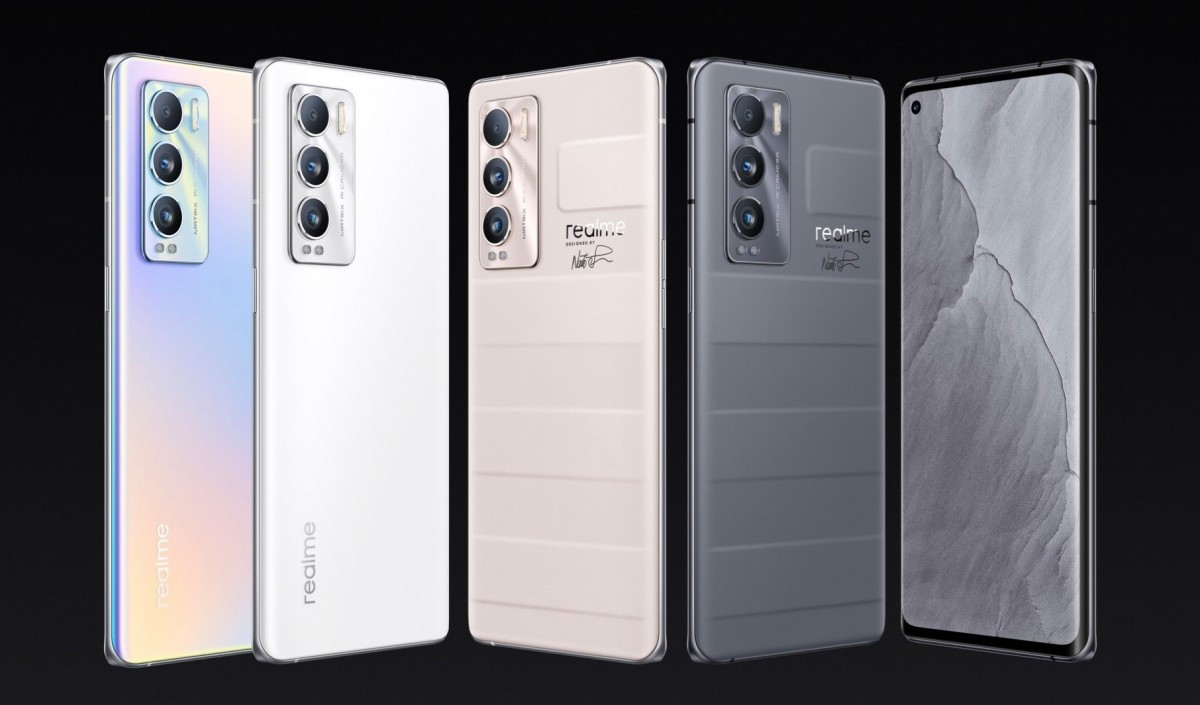
That layer of insulation cuts the transistor off from the vast bulk of the wafer-which, in turn, limits the amount of charge the transistor must move in order to switch on or off. Although SOI wafers are still a small fraction of semiconductor wafers sold, their shipments doubled in 2006 to 22 000 square meters and are expected to reach 39 000 square meters in 2008.Īn SOI wafer differs from an ordinary silicon wafer in that it has a very thin layer of insulating silicon dioxide buried a few hundred nanometers or less below the surface. Increasingly, for makers of microprocessors (with the notable exception of Intel), gains in speed and efficiency are coming from the use of SOI wafers, which serve as the foundation on which a device is fabricated. Z-RAM is a technology that straddles two great industry imperatives: ever more on-chip memory and transistors that operate faster and consume less power. Just weeks ago, it unveiled a radical new version of Z-RAM that will send the competition back to the laboratory. Meanwhile, with Toshiba nipping at its heels with a similar type of fast, compact embedded memory, Innovative Silicon isn’t standing still. “However, we do believe if successful at that, we could see this migrate down to lower-cost versions as well.” “AMD is considering this technology for our highest-end microprocessors,” Craig Sander, AMD’s vice president of process technology and development, said in an interview.

#MEMORY MASTER RAM LICENSE#
The US $5.8-billion-per-year company contracted to purchase a license for possible integration of Z-RAM into future processors. Nevertheless, Okhonin and Fazan pulled way ahead of the pack last year by bagging one of the biggest fish in the microprocessor pond: Advanced Micro Devices (AMD), in Sunnyvale, Calif. and Renesas Technology Corp., both in Tokyo-have followed suit. But since then, several large chip makers-notably Toshiba Corp. In 2000, Okhonin and Fazan, then at the École Polytechnique Fédérale de Lausanne, were researchers in one of just two groups to successfully create this type of memory, termed a floating-body cell. Such wafers are gaining ground as the substrate for high-performance processors, such as the Cell microprocessor and Advanced Micro Devices’ Opteron. “To make it work as a memory, we had to find something different.” What they found was a way to temporarily store a bit as charge inside the body of a transistor made on a silicon-on-insulator (SOI) semiconductor wafer. “The transistor is the most studied device in the world,” says Serguei Okhonin, Innovative Silicon’s other founder and its chief scientist. Iyer, an embedded-memory specialist at IBM. “It is an elegant technology,” says Subramanian S. Even engineers outside of Innovative Silicon acknowledge the idea’s appeal. That lets you greatly increase the amount of memory on the chip and thereby improve its performance, make the chip a lot smaller and cheaper, or do a good deal of both. So you can fit as much as 5 megabytes of Z-RAM into the space occupied by a single megabyte of conventional embedded memory. For comparison, conventional on-chip memories typically use six transistors per memory cell. Each memory cell is just a single transistor. That’s the beauty of Z-RAM: no exotic semiconductors, no oddly structured parts, and no experimental insulators. Extra processing steps, too, are anathema, because they increase costs, often greatly. That’s extremely important to chip makers, who are reluctant to add any new materials to their already complex and delicate processes, for fear of how the additions may erode the proportion of working chips that emerge from their fabrication runs. What’s so great about Z-RAM? Basically, it does not require any new materials or extra processing steps in the fabrication process, says Pierre Fazan, one of the founders of Innovative Silicon and its chairman and chief technology officer. The semiconductor industry is absolutely awash with innovative memory technologies that were supposed to conquer the world but didn’t. It’s called Z-RAM, for zero-capacitor dynamic random access memory, and if it grabs even a little piece of the on-chip memory market, it will change the ground rules for microprocessor design and quickly make Innovative Silicon a company to be reckoned with. The company, which is in Lausanne, has developed what it says is the densest-and cheapest-embedded memory technology in the world. That’s why Innovative Silicon, which is essentially an intellectual property firm, may have the last laugh. And that’s no joke for designers who will be hard-pressed to cram in hundreds of megabytes of memory without making their chips any bigger. It’s expected to occupy a whopping 83 percent of the area of high-end processors made in 2008, and 90 percent by 2011.

On-chip memory already takes up more than 50 percent of the surface area of any respectable microprocessor.

But it conveys more than a little truth-and that’s pretty painful, too.


 0 kommentar(er)
0 kommentar(er)
